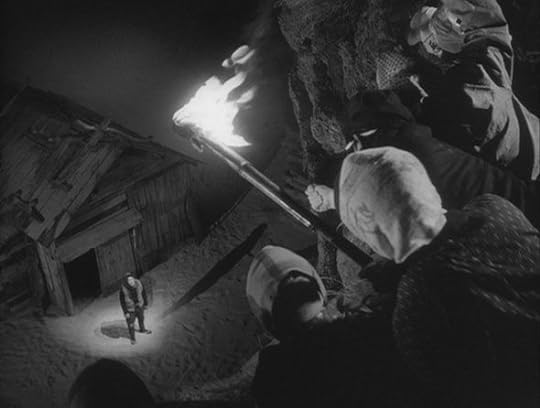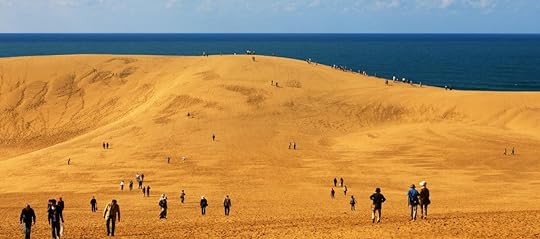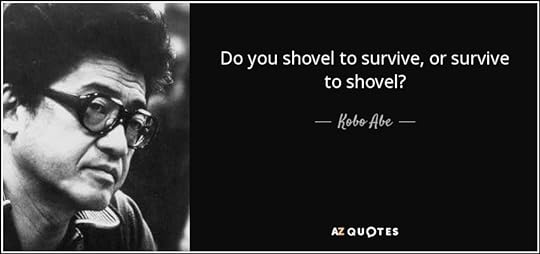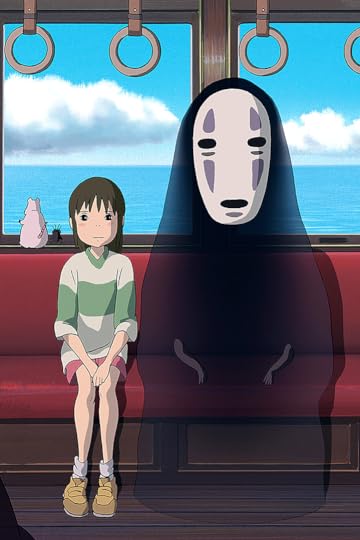What do you think?
Rate this book


236 pages, Paperback
First published June 8, 1962




 - Anakin Skywalker a.k.a. Darth Vader
- Anakin Skywalker a.k.a. Darth Vader
“These days people caught in the clutches of the one-way ticket never sing it like that. The soles of those who have only a one-way ticket are so thin that they scream when they step on a pebble. They have had their fill of walking. “The Round-Trip Ticket Blues” is what they want to sing. A one-way ticket is a disjointed life that misses the links between yesterday and today, today and tomorrow. Only the man who obstinately hangs on to a round-trip ticket can hum with real sorrow a song of a one-way ticket. For this very reason he grows desperate lest the return half of his ticket be lost or stolen; he buys stocks, signs up for life insurance, and talks out of different sides of his mouth to his union pals and his superiors. He hums “The One-Way Ticket Blues” with all his might and, choosing a channel at random, turns the television up to full volume in an attempt to drown out the peevish voices of those who have only a one-way ticket and who keep asking for help, voices that come up through the bathtub drain or the toilet hole. It would not be strange at all if “Th e Round-Trip Ticket Blues” were the song of mankind imprisoned.”